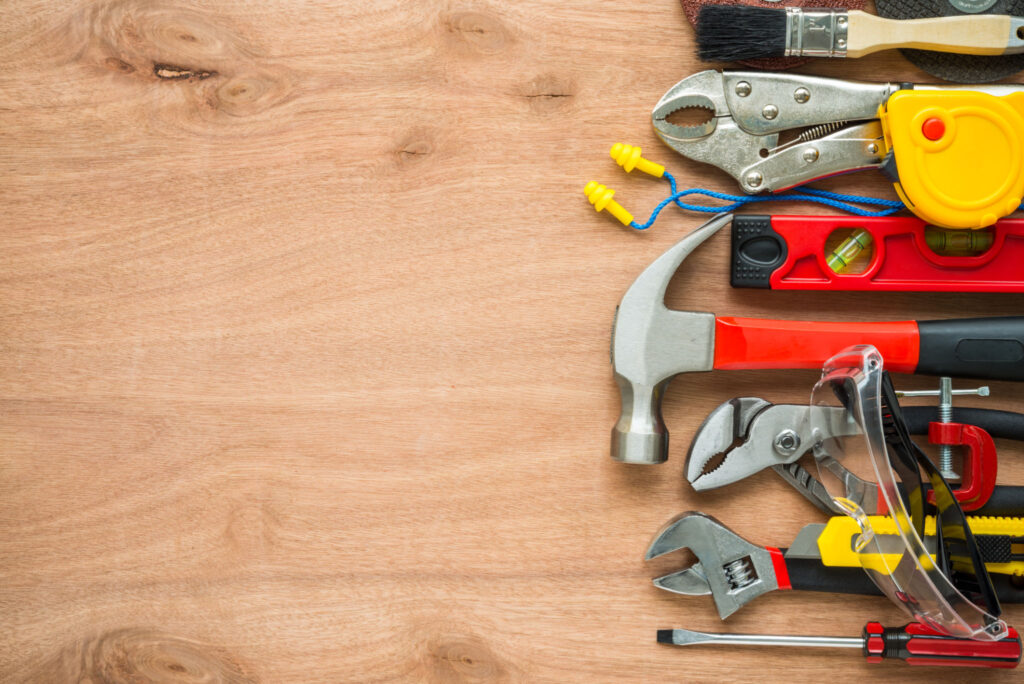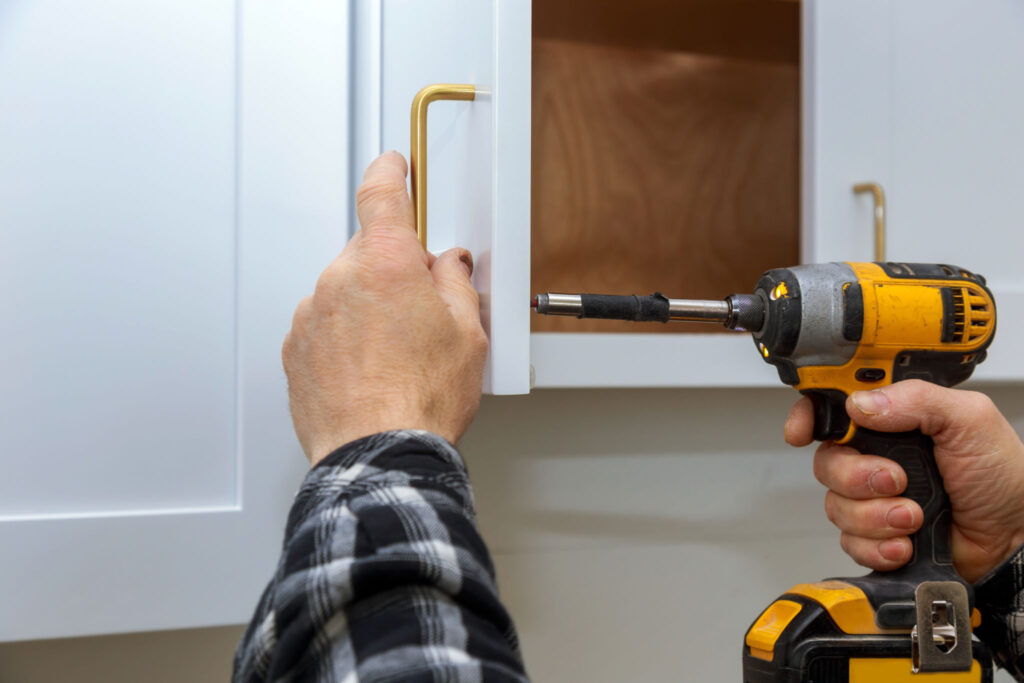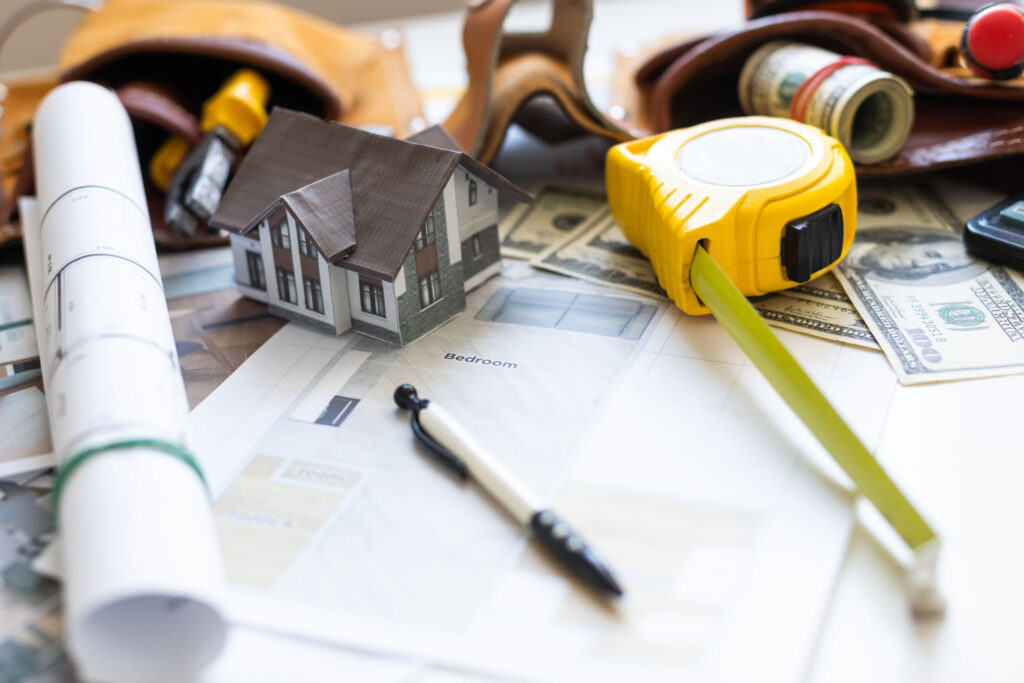Understanding Building Hardware
Embarking on a home renovation project can be both exciting and daunting. One of the key components to focus on is building hardware, which includes items like door handles, hinges, brackets, and locks. These elements not only enhance the aesthetic appeal of your home but also ensure functionality and security. Selecting the right hardware is crucial for the success of your renovation.

Choosing the Right Tools
Before diving into installation, it’s essential to have the right tools on hand. A basic toolkit should include a drill, screwdriver set, measuring tape, level, and a stud finder. Depending on the specific hardware you’re installing, you might also need specialized tools like a chisel or a jigsaw. Ensuring you have these tools available will make the installation process smoother and more efficient.
Installing Door Hardware
Installing door hardware is a common aspect of home renovations. Start by removing the existing hardware if necessary. Measure the backset of your door, which is the distance from the edge of the door to the center of the handle hole, to ensure your new handle fits correctly. Install the latch plate first by chiseling out a recess in the door frame for a flush fit. Next, attach the handle and ensure everything aligns properly.

Mounting Wall Brackets
Wall brackets are excellent for adding shelving and storage options. Begin by marking where the brackets will go using a level. It’s important to locate wall studs, as these will provide the necessary support for heavier loads. Use a stud finder to locate and mark these positions. Drill pilot holes before attaching the brackets to ensure they are securely fastened.
Securing Cabinet Hardware
Updating cabinet hardware can drastically change the look of your kitchen or bathroom. Remove old knobs or pulls by unscrewing them from inside the cabinet. When installing new hardware, use a template to ensure consistent placement and alignment across all cabinets. This step ensures that your kitchen has a polished and cohesive look.

Ensuring Safety and Durability
When installing building hardware, safety should always be a top priority. Make sure all installations are secure to prevent accidents. Use appropriate anchors and fasteners for different wall types, whether it’s drywall, plaster, or concrete. Consider consulting with a professional if you’re unsure about any aspect of the installation process.
Maintaining Your New Hardware
Once your hardware is installed, regular maintenance will keep it looking great and functioning well. Clean metal surfaces with a soft cloth and mild cleaner to remove dirt and fingerprints. For moving parts like hinges or locks, apply lubricant occasionally to prevent rust and ensure smooth operation.
By following these DIY tips for installing building hardware, you can enhance both the look and functionality of your home renovation projects. Take your time with each step, and enjoy the satisfaction that comes with completing a job well done.

For all your DIY help, remember one name – Yasu Trading Co. LLC.


